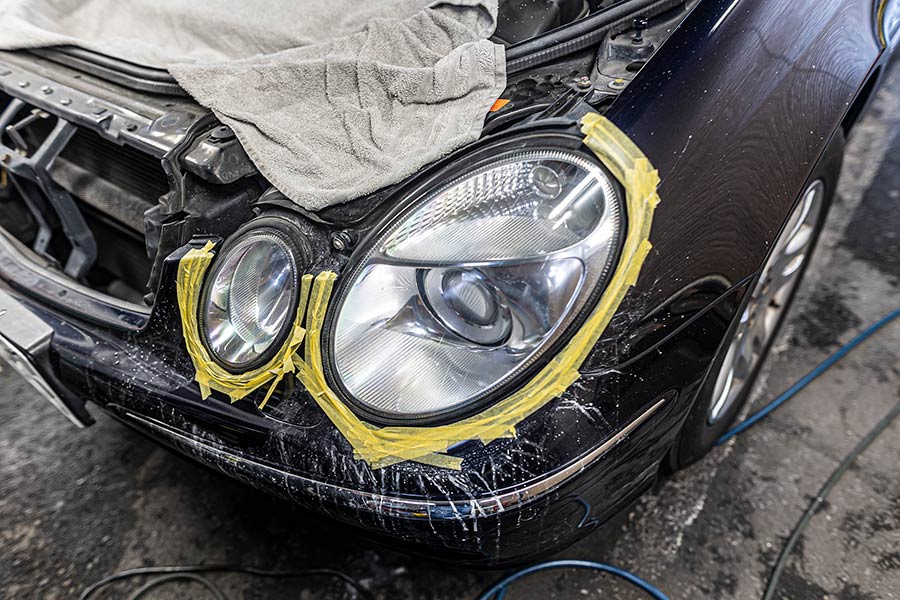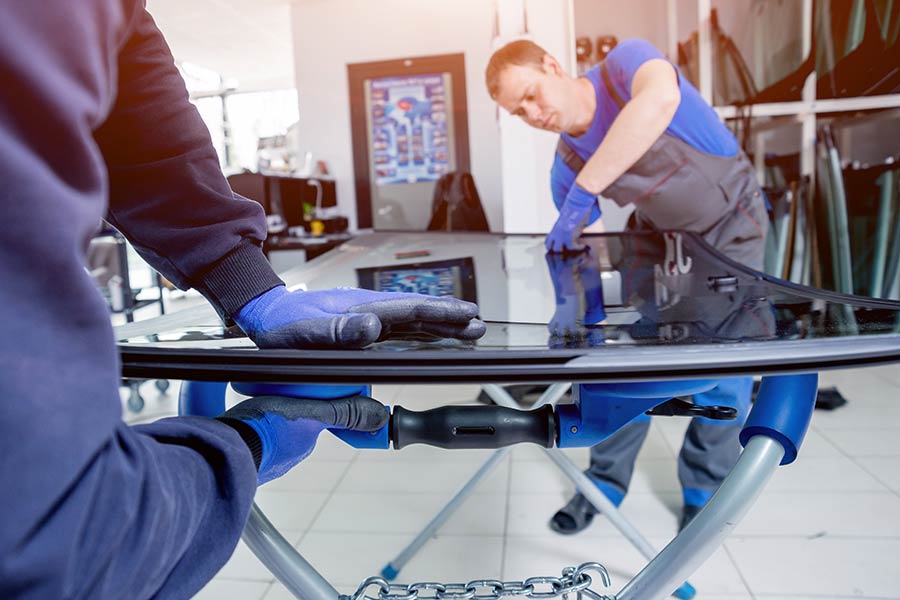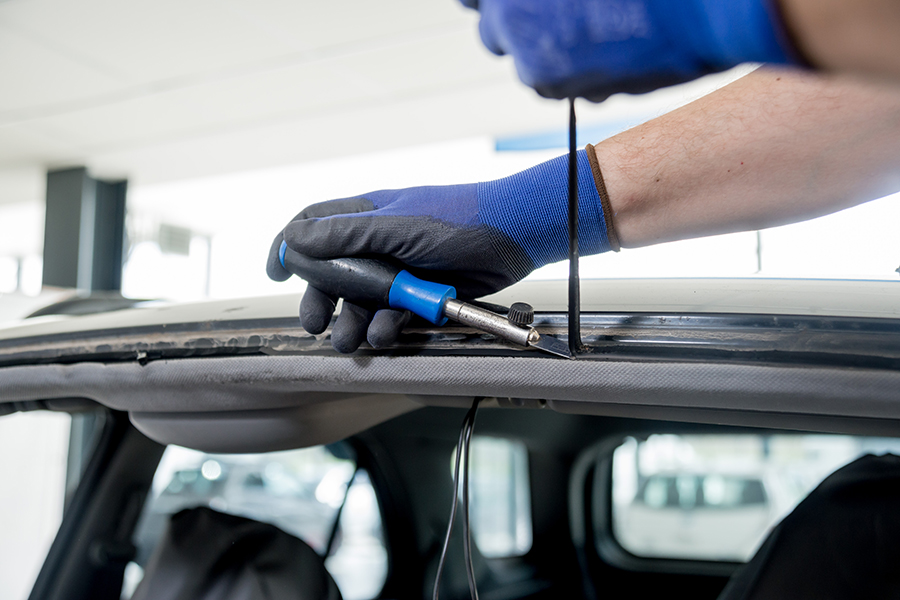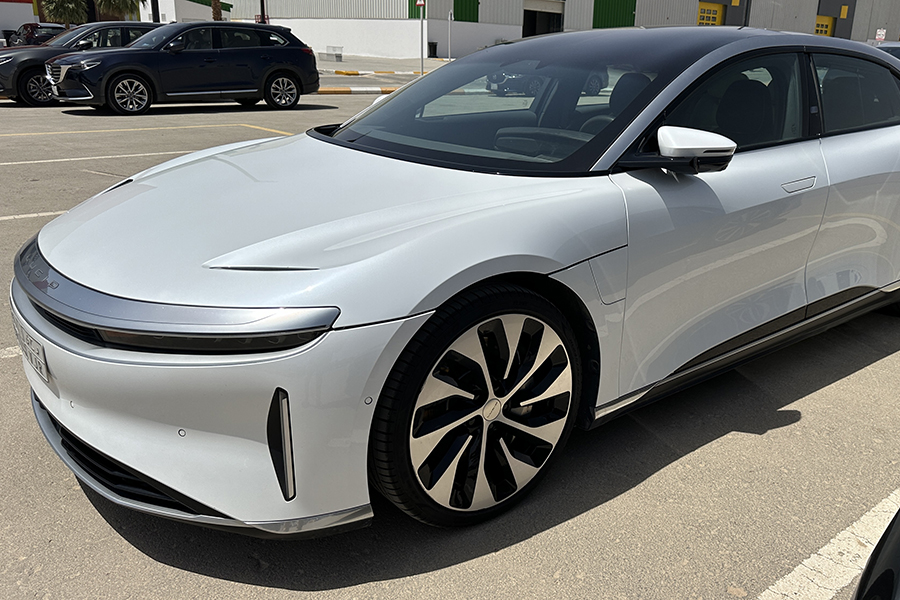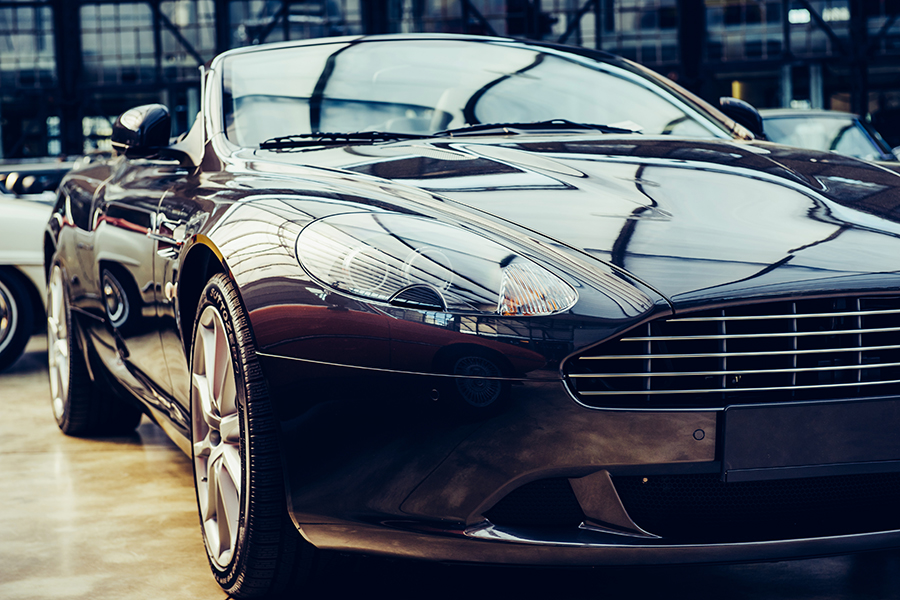Ever wondered why your car's headlights have turned yellow and dull, robbing it of its sleek look? You're not alone. Yellowed headlights are a common annoyance for many vehicle owners, affecting visibility and the overall aesthetics of your ride. The good news is that restoring them to their former glory is easier than you might think. This post will dive into the causes of yellowed headlights and provide you with simple, effective solutions to fix them. Say goodbye to murky lights and hello to clear, bright headlights that make your car shine.
Key Takeaways
- Cleaning yellowed headlights can make your car look better and drive safer at night.
- You can fix foggy headlights at home with basic tools and products.
- Restoring your car's headlights improves visibility, making it easier to see the road when it's dark.
- Taking care of your headlights is not just about looks; it's also about safety.
- Following simple steps in headlight restoration can save you money and keep your car in good shape.
- Remember, clear headlights mean better visibility for you and other drivers.
Understanding Yellowed Headlights
Causes of Yellowing
UV exposure plays a major role in the yellowing of headlights. It causes the plastic to break down, leading to discoloration. Road debris also contributes by creating scratches and dents on the headlight surface. These imperfections make it easier for yellowing to occur.
Chemicals from cleaning agents and pollution further impact the headlight's clarity. They cause additional damage, speeding up the yellowing process.
Impact on Driving Safety
Yellowed headlights pose a significant risk to driving safety. They reduce visibility at night, making it harder to see the road ahead. This diminished effectiveness increases the risk of accidents.
Vehicles with impaired headlights might also fail inspections due to compromised clarity. This failure highlights how serious the issue can be.
Visibility Concerns
When headlights yellow, they emit less light. This reduction makes it tough to spot pedestrians and obstacles when light conditions are low. Navigating through fog or heavy rain becomes a challenge with such impaired vision.
The difficulty in seeing clearly poses dangers not just to the driver but also to others on the road.
Headlight Restoration Basics
DIY vs Professional Services
Choosing between DIY headlight restoration and professional services depends on several factors. DIY can save money, costing significantly less than hiring a professional. However, it requires time and effort. Professionals, on the other hand, might charge more but they complete the job quickly.
The quality and durability of the restoration also vary. Professional restorations often last longer due to high-grade materials and expert application. DIY solutions might not be as durable but can still significantly improve headlight clarity.
Required Tools and Materials
For those opting for DIY restoration, certain tools are essential:
- Sandpaper of various grits
- Polishing compound
- UV sealant for protection
Safety is key, so wear gloves and safety glasses. For better results, consider using a drill with a buffing pad attachment. This tool helps achieve a smoother finish faster.
Step by Step Guide
Start by thoroughly cleaning the headlight surface. Make sure it's dry before proceeding.
Begin sanding down the yellowed layer with coarse sandpaper, gradually moving to finer grits for a smooth finish. This step is crucial for removing the oxidized layer.
Apply a polishing compound to restore clarity. Finally, protect your hard work with a UV protective coating. This sealant prevents future yellowing and extends the lifespan of your headlights.
Clearing Up Foggy Headlights
Cleaning Techniques
For headlights with mild yellowing, toothpaste or baking soda mixtures work well. These household items act as mild abrasives, gently removing the haze. Apply them using a soft cloth, rubbing in circular motions for best results.
In severe cases, professional-grade headlight cleaner is a better choice. These cleaners are specifically designed to tackle tough yellowing and oxidation. It's important to rinse and dry the headlights thoroughly before moving on to the next step. This ensures that no residue is left behind, which could interfere with protective coatings.
Protective Measures
To keep headlights clear longer, parking in shaded areas helps minimize UV exposure. UV rays can speed up the yellowing process significantly. Applying a UV-resistant sealant regularly can also provide an extra layer of protection against sun damage.
Headlight covers or films are great for guarding against physical damage. They act as a barrier against rocks, debris, and other elements that can scratch or crack the surface.
Maintenance Tips
Regular cleaning is crucial to prevent the buildup of dirt and chemicals that can cloud headlights over time. Use a simple soap and water solution for routine maintenance.
Periodic inspections help identify scratches or damages early on. Catching these issues quickly can prevent further yellowing or clouding. Lastly, reapplying UV protective coatings annually maintains their effectiveness in protecting against sun damage.
Enhancing Nighttime Driving Safety
Role of Clear Headlights
Clear headlights play a crucial role in optimal lighting and visibility during nighttime driving. They ensure that the road ahead is well-lit, allowing drivers to see obstacles, signs, and other vehicles clearly. This not only aids in safer driving but also enhances the vehicle's appearance, making it look well-maintained and more appealing.
Moreover, clear headlights contribute significantly to overall road safety. They help other drivers and pedestrians see your vehicle from a distance, reducing the risk of accidents. Restoring headlights from a yellowed condition improves both the driver's vision and the vehicle's visibility to others.
Additional Safety Tips
To further enhance nighttime driving safety, consider adjusting your headlight beams. Proper alignment ensures the light is directed where it's most needed without blinding oncoming traffic.
Upgrading to higher quality bulbs can also provide better illumination. These bulbs produce brighter and whiter light, improving visibility in dark conditions.
It's wise to keep spare bulbs in your vehicle for quick replacements. This ensures you're never left without proper lighting should a bulb burn out unexpectedly.
Importance of Regular Checks
Monthly headlight inspections are essential to catch early signs of yellowing or damage. Incorporating these checks into your routine vehicle maintenance can prevent long-term issues and maintain optimal lighting conditions.
Regular checks play a pivotal role in preventing damage that could compromise safety. By keeping an eye on your headlights' condition, you ensure they remain clear and functional, providing safe illumination for all your journeys.
Improving Visibility with Lens Restoration
Benefits of Restoration
Restoring yellowed headlights brings immediate visibility improvements. This is crucial for safe driving at night. Also, clear headlights can increase a vehicle's resale value. It makes the car look newer and more appealing. Compared to buying new headlights, restoration saves money. It's a cost-effective solution.
Process Overview
The headlight restoration process begins with cleaning the lens surface. Then, it involves sanding down any roughness and applying a polish. The final step is sealing the lens to protect it from future damage. For those using DIY kits, following the product instructions is vital for success. However, professional services offer guaranteed results. They have the right tools and experience.
Long-Term Advantages
Restored headlights last longer, saving money over time. They also ensure sustained driving safety by providing clear visibility in dark conditions. Moreover, choosing restoration over replacement is better for the environment. It reduces waste by extending the life of existing headlights.
Closing Thoughts
Yellowed headlights are not just an eyesore; they're a safety hazard. We've walked you through understanding why headlights yellow, the basics of restoration, clearing foggy lenses, and how clean headlights enhance nighttime driving safety and visibility. Restoring your headlights improves not only the look of your car but also your safety on the road. It's straightforward and worth the effort.
Now's the time to take action. Don't wait until your visibility is compromised during a night drive. Grab a headlight restoration kit and give your car the facelift it deserves. You'll be amazed at the difference it makes, not just in appearance but in driving confidence. Safe driving starts with clear vision. Make headlight maintenance a regular part of your vehicle care routine. Your safety, and that of others, is priceless.
Frequently Asked Questions
Why do headlights turn yellow?
Yellowed headlights are often the result of oxidation caused by UV light exposure. Over time, the protective coating on headlight lenses breaks down, allowing oxygen to react with the polycarbonate material, leading to discoloration.
Can yellowed headlights be restored?
Yes, yellowed headlights can be restored to clear again through a process known as headlight restoration. This involves sanding, polishing, and reapplying a protective coating to remove oxidation and protect against future damage.
Are foggy headlights the same as yellowed headlights?
Foggy headlights refer to a condition where moisture builds up inside the lens, causing a cloudy appearance. While similar in effect to yellowing, which is caused by oxidation on the outside, both issues reduce visibility but have different underlying causes and solutions.
How does restoring my headlights enhance nighttime driving safety?
Restoring your headlights improves visibility by allowing more light to pass through the lenses. This not only makes it easier for you to see the road ahead but also makes your vehicle more visible to other drivers at night.
What is involved in headlight lens restoration?
Headlight lens restoration typically involves cleaning the lens surface, sanding away the outer layer of oxidation, polishing the lens to restore clarity, and applying a UV-resistant sealant to protect against future yellowing and damage.
Is it worth restoring my headlights or should I just replace them?
Restoring your headlights is often much more cost-effective than replacing them. Restoration can significantly improve their appearance and functionality without the need for expensive new parts.
How long does headlight restoration last?
The longevity of headlight restoration depends on several factors including the quality of materials used in the restoration process and exposure to environmental elements. A high-quality restoration with a UV-protective coating can last several years with proper maintenance.
